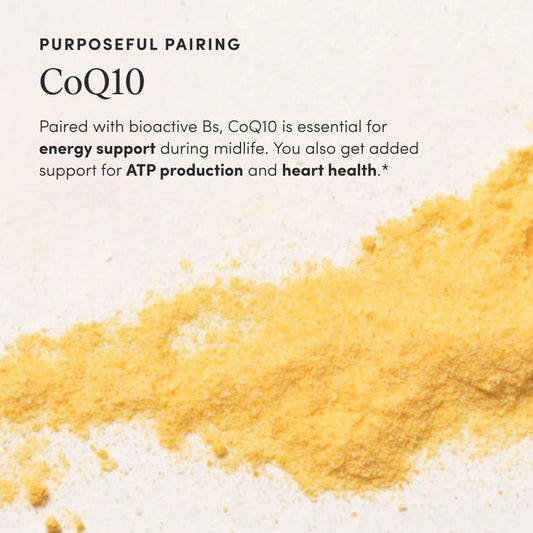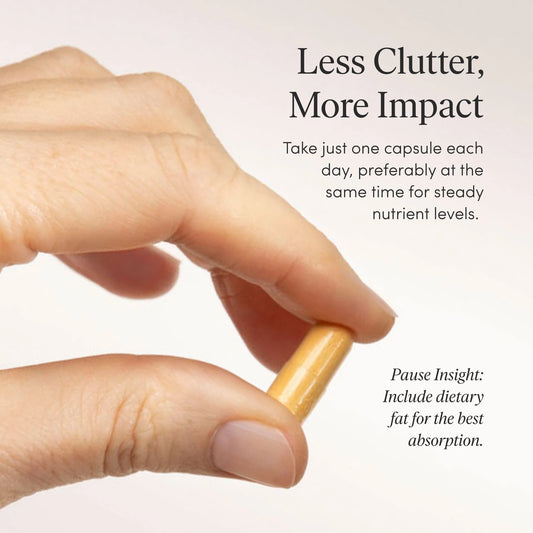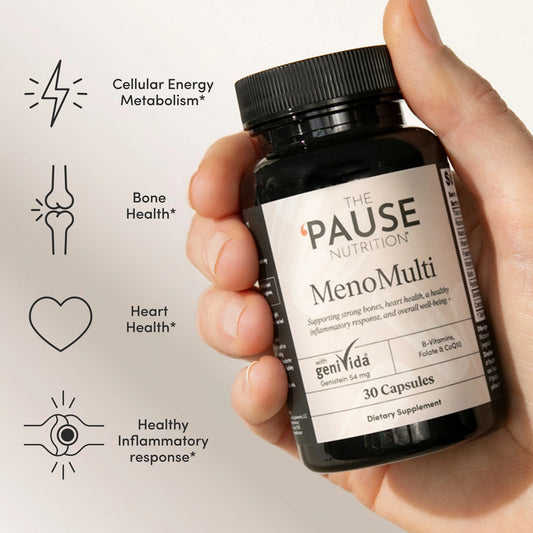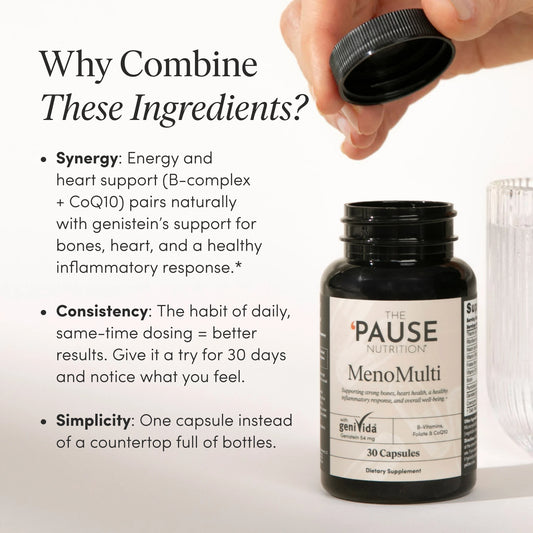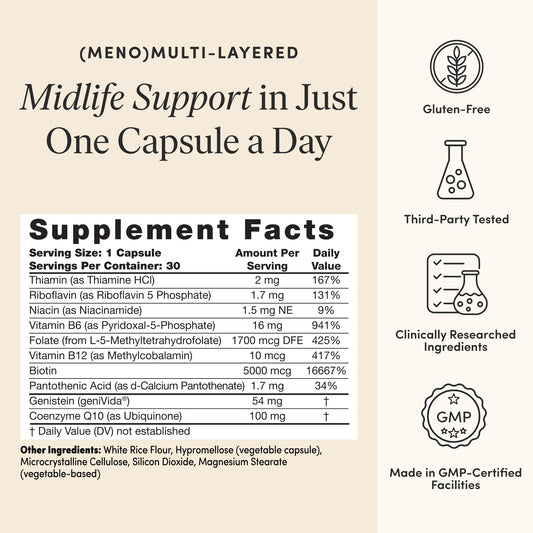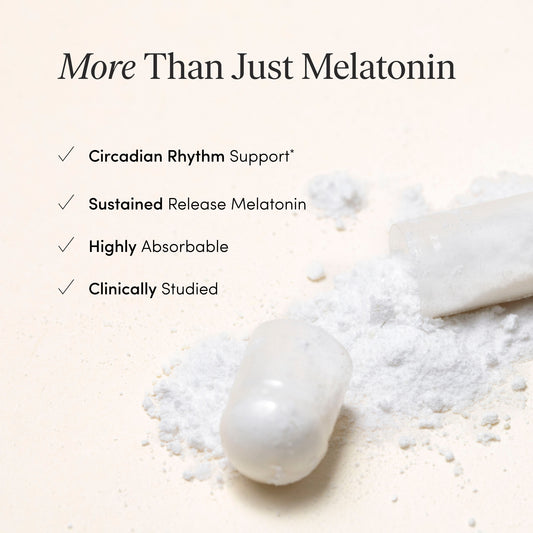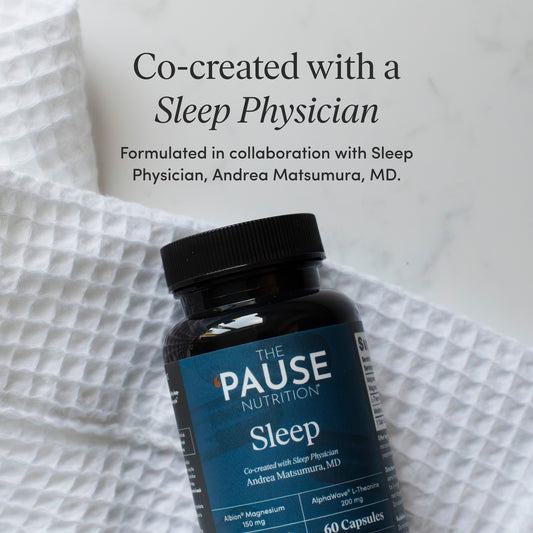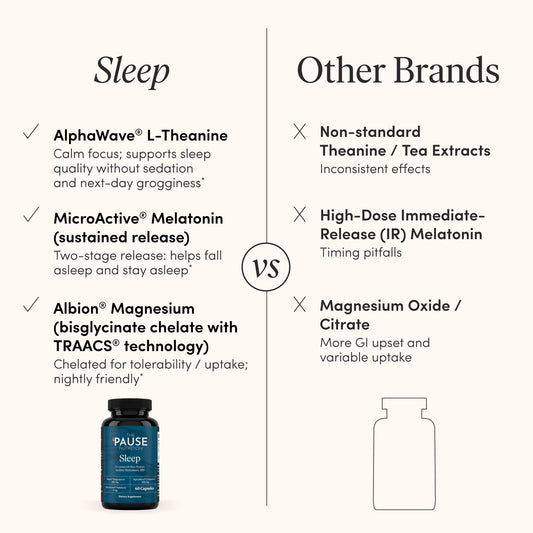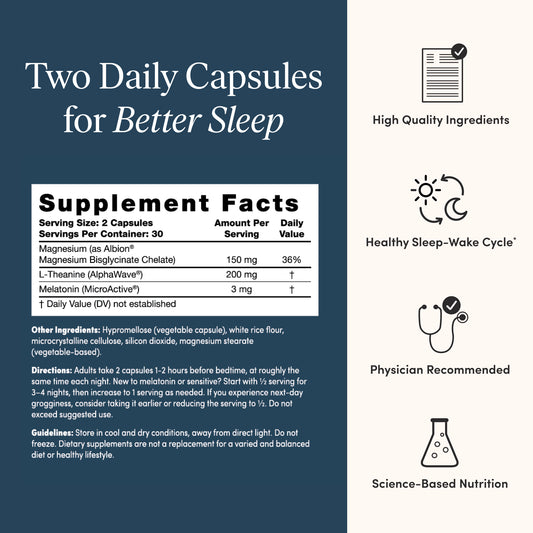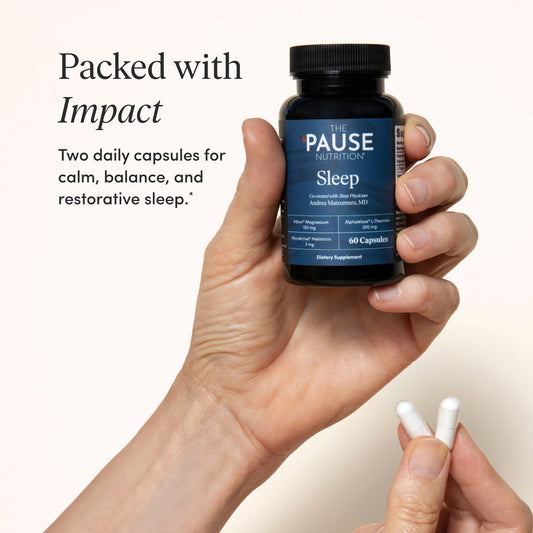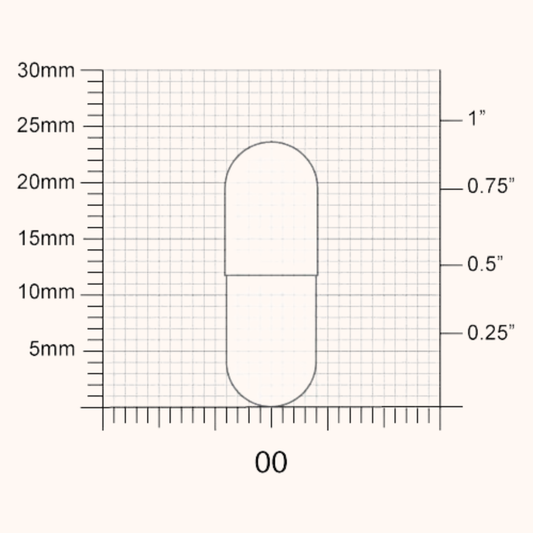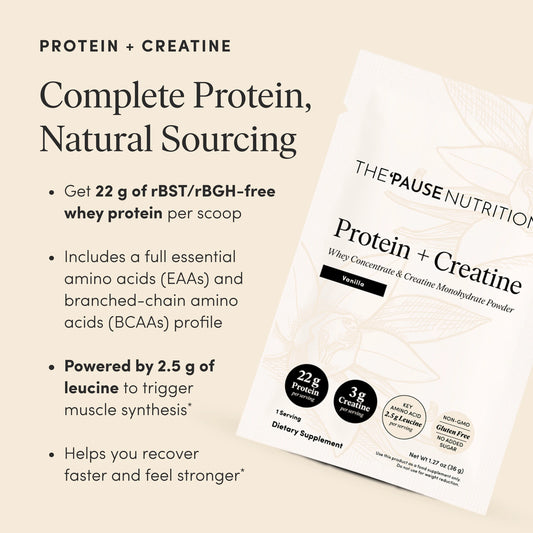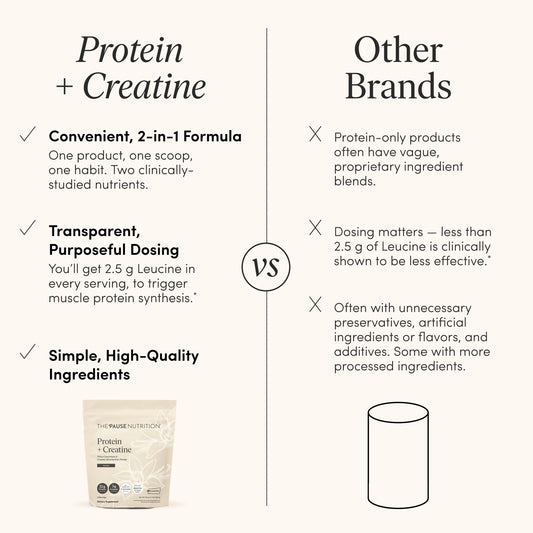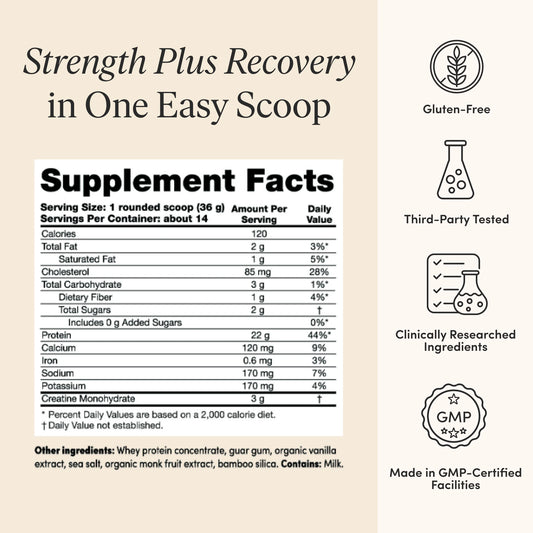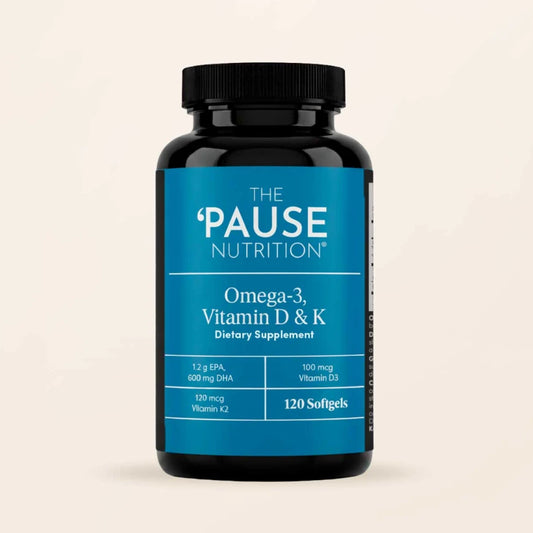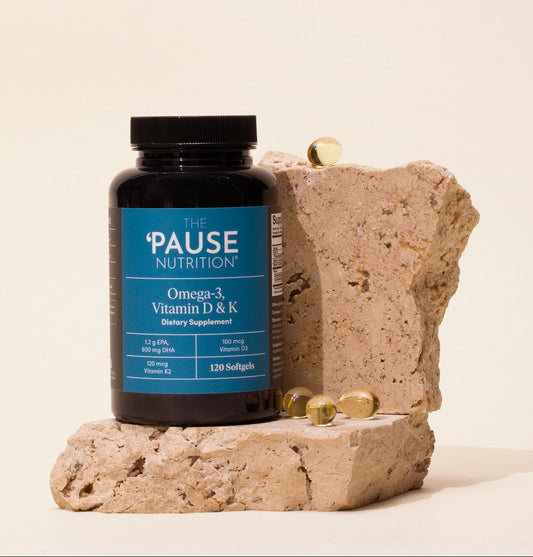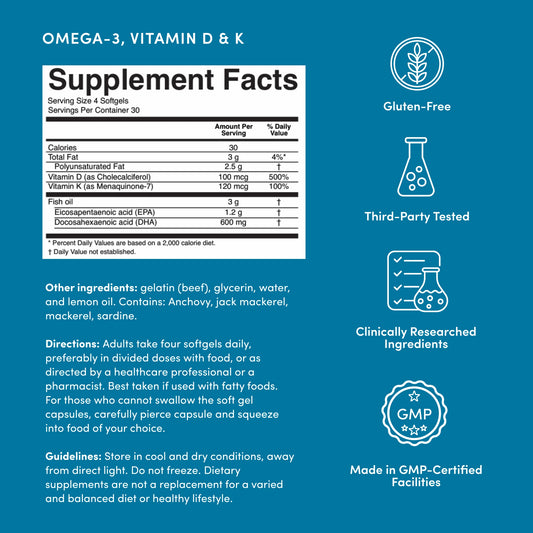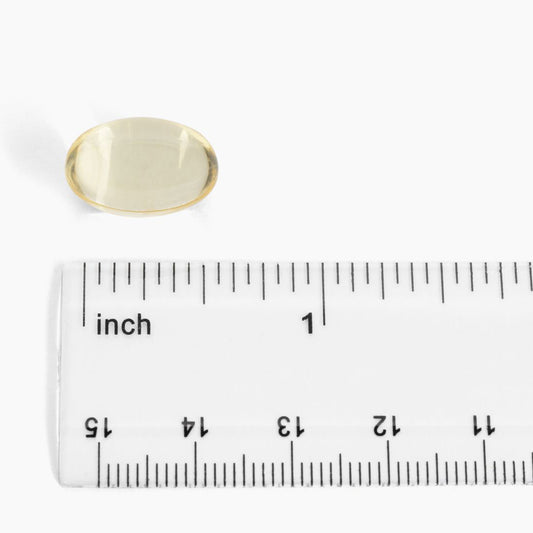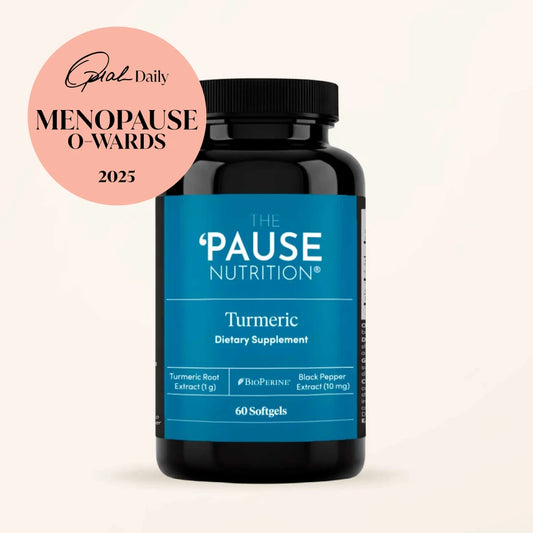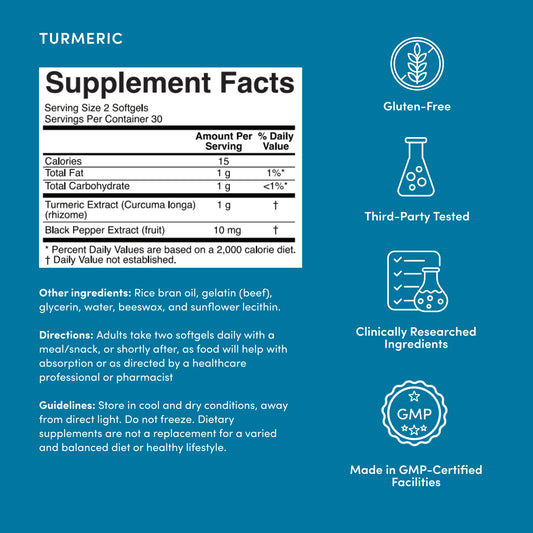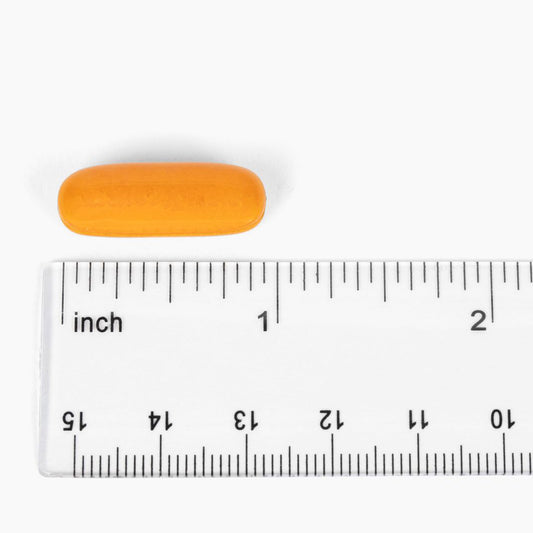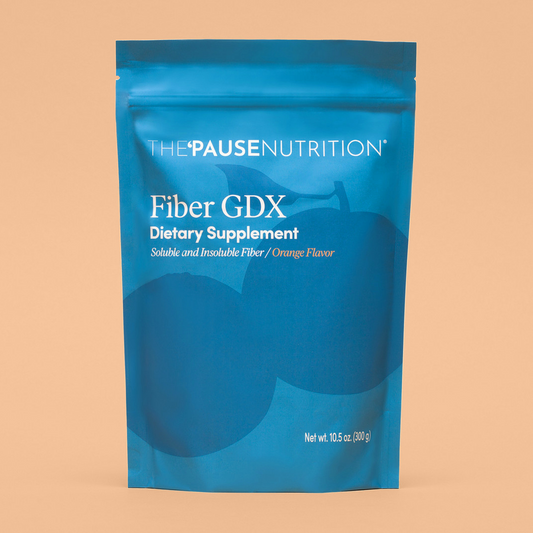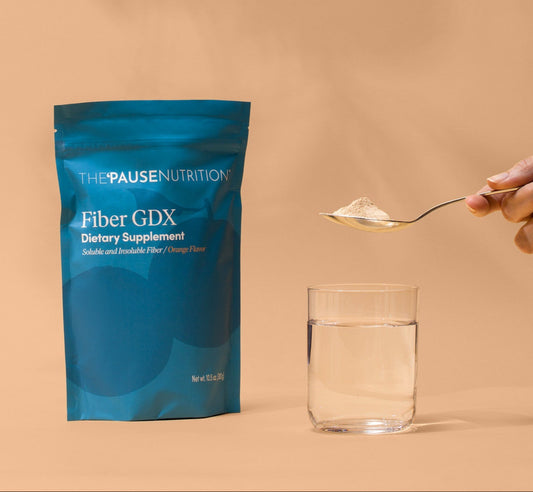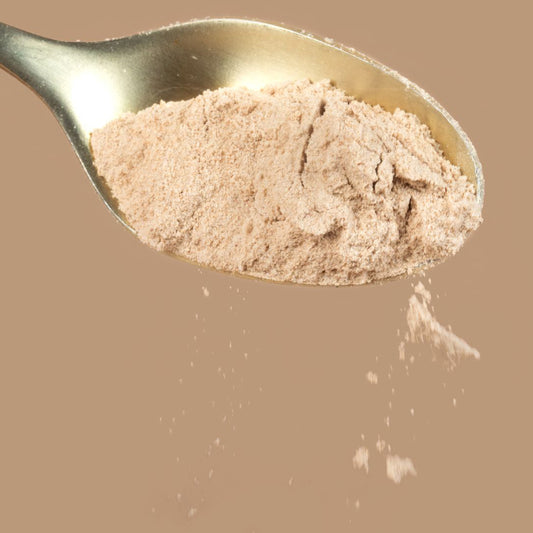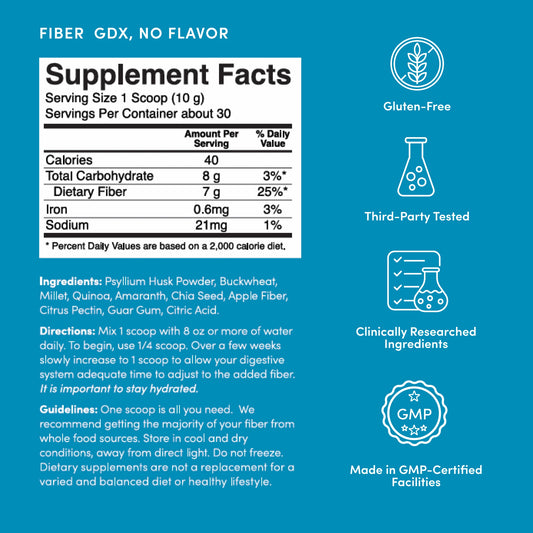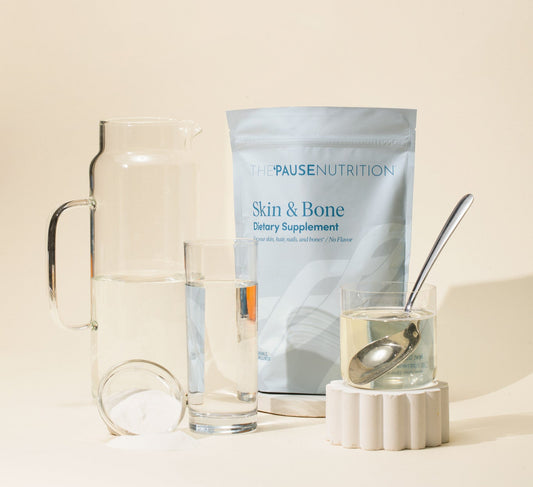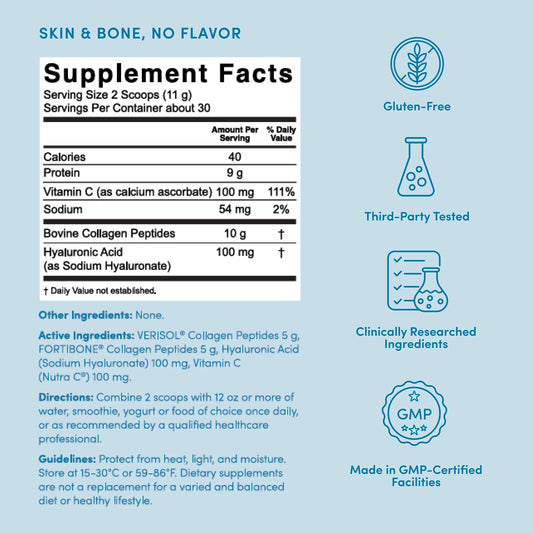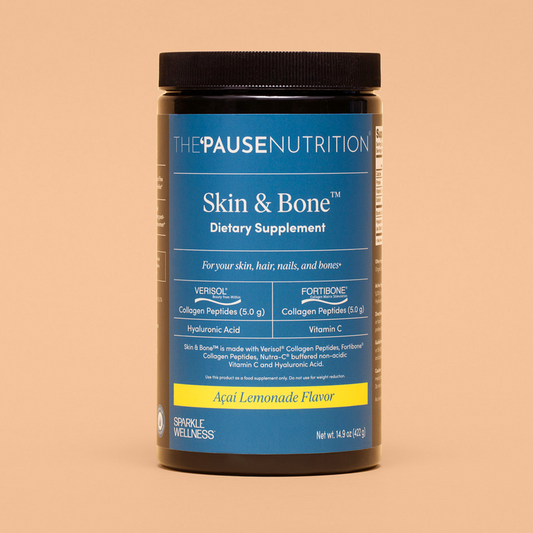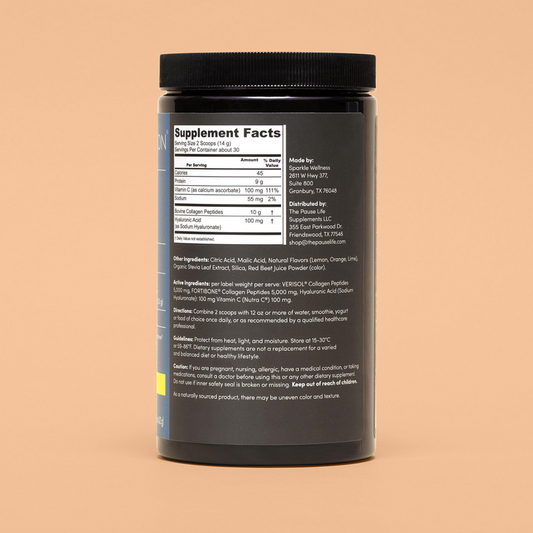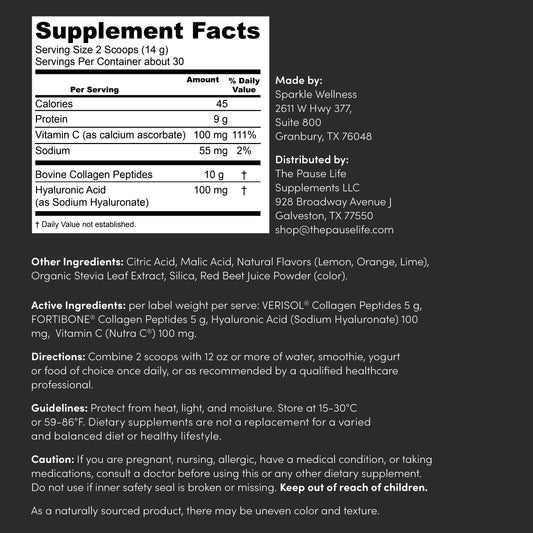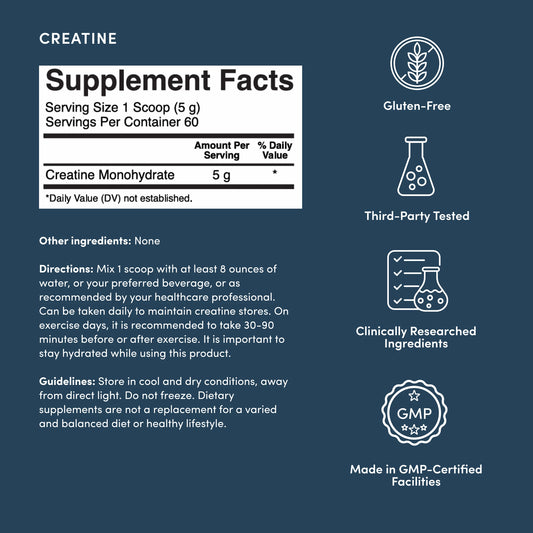What If I Can’t Take Oral Progesterone?

Share
Let’s Talk About Progesterone
A progestogen is any hormone that activates the progesterone receptor, including both natural and synthetic forms. Progesterone refers specifically to the body-identical hormone produced naturally or in bioidentical formulations, while progestins are synthetic versions designed to mimic its effects. In menopause care, the best-studied oral option is oral micronized progesterone, a body-identical formulation shown to be both effective and for most, well-tolerated.
If you’re taking systemic estrogen and still have your uterus, adding a progestogen is essential. Without it, the uterine lining can thicken. This is a condition called endometrial hyperplasia, which may lead to cancer if left unchecked.(1) But here’s the thing: not every woman can tolerate oral progesterone.
What About Side Effects?
For the vast majority of women, oral progesterone is well tolerated. But some experience mood swings, bloating, or persistent bleeding, especially during the early months.(2) Monthly withdrawal bleeds (in cyclic regimens) can also feel disruptive or inconvenient.
One of the most common concerns I hear about is grogginess the next day, but this is often a timing issue. Micronized progesterone is mildly sedating, so taking it right before bed can not only minimize drowsiness the next morning, but it may also help improve sleep quality.
What About Mood?
Here’s where things get nuanced. While the medical literature doesn’t consistently confirm a direct link between progesterone and depression, mood changes remain one of the top reasons women stop using progesterone-containing products.(3)
Although severe depression or suicidal thoughts are rare, it’s important to acknowledge that some women just don’t feel like themselves while taking progesterone. These changes may be dose-related and can vary widely from person to person.
If you're experiencing a noticeable dip in mood, especially feelings of hopelessness, sadness that won’t lift, or emotional distress, it’s time to talk to your prescriber. And if you're ever in crisis, please know that help is available. You can call, text, or chat with the Suicide and Crisis Lifeline at 988, or contact the Crisis Text Line by texting TALK to 741741.
Researchers have proposed several possible mechanisms for progesterone's impact on mood:
- Disruption in brain chemistry, including sensitivity to allopregnanolone (a progesterone metabolite) and changes in GABA or serotonin pathways.
- Progesterone’s ability to cross the blood-brain barrier, potentially influencing emotional regulation, especially in times of stress, when the body may convert progesterone to cortisol.
- Changes in brain chemicals, called neurotransmitters, like serotonin and glutamate, which can impact mood.
Who Might Be More at Risk?
If you're struggling with mood symptoms on progesterone, know that you're not alone.(4)(5) Some women may be more sensitive than others, especially those who:
- Are using lower-dose progestin products (surprisingly, this can be a factor)
- Have a personal or family history of depression
- Are going through hormonal shifts (hello perimenopause and menopause)
If this sounds like you, it’s worth discussing alternatives with your provider. Sometimes switching to a continuous regimen, trying a different route (like vaginal), or exploring non-progestin options can make a big difference.
So what can you do if oral progesterone isn’t working for you? Don’t worry, you’ve got options. Let’s break them down.
Option 1: The Hormonal IUD (Levonorgestrel-Releasing IUD)
One of my favorite tools in the menopause toolkit is the hormonal intrauterine device (IUD). I even talked about this on a podcast for the Dr. Gabrielle Lyon Show. These small, T-shaped devices release a low dose of levonorgestrel, a type of progestin, directly into the uterus. This local delivery offers the endometrial protection needed when you're on systemic estrogen, without flooding your entire system with progesterone.(6)
Here's what makes the IUD so effective:
- The hormone stays mostly localized in the uterus, so side effects are typically minimal after the first month.
- They help thin the uterine lining, which is exactly what we want when using estrogen therapy.
- They’re long-acting, usually effective for 5 to 7 years.
- They often lighten or eliminate bleeding, which can be especially helpful during perimenopause.
- They offer highly effective contraception, which is important since many perimenopausal women are still at risk of unintended pregnancy, even if cycles are irregular.
I also like that these devices can offer additional benefits beyond uterine protection. Some women report better sleep, fewer nighttime racing thoughts, and even more stable moods, likely due to the gentle, steady hormone release. That said, every woman responds differently. Some women still experience symptoms like joint pain or irregular bleeding, and that’s important to monitor.
While Mirena® is the most studied option, other levonorgestrel IUDs like Liletta® and Kyleena® can work similarly. I recommend discussing with your provider which one makes the most sense for your unique health needs.
Option 2: Vaginal Micronized Progesterone
Some women who can't tolerate oral progesterone do better when it’s used vaginally instead.(7) Yes, the same capsule that you swallow can be inserted vaginally. When used this way, the progesterone is delivered closer to the uterus, which may offer more targeted protection with fewer systemic effects.
What You Need to Know:
- You’ll still need cyclic or continuous use, depending on your estrogen dose.
- Bleeding patterns may vary, especially in early use.
- This route is not well-studied for long-term uterine protection, but is sometimes used under medical supervision.
Option 3: Estrogen + Bazedoxifene (No Progestin Needed)
If progestins just don’t work for your body at all, this newer combo might be your match: conjugated estrogen + bazedoxifene. Bazedoxifene is a selective estrogen receptor modulator (SERM) that blocks estrogen’s effects on the uterus, eliminating the need for a progestin.(8)
Good Candidates:
- Women with moderate-to-severe hot flashes
- Those with breast tenderness or mood changes on traditional estrogen-progestin therapy
- Women who need estrogen therapy but can’t take progestins
Heads up: Like other SERMs, bazedoxifene may increase the risk of blood clots, though long-term data are still being collected.(9)
A Quick Note on Progestins: Not All Are Created Equal
Before you choose any form of progestin—oral, IUD, or otherwise—it’s important to understand that not all progestins are the same.(10)
The form I most often recommend is natural oral micronized progesterone (you may see it on your prescription as micronized progesterone or Prometrium or even just progesterone). This version is bioidentical, meaning it’s structurally identical to the progesterone your ovaries made before menopause.
Compare that to medroxyprogesterone acetate (MPA), a synthetic progestin that was used in older hormone therapy regimens, especially during the Women's Health Initiative study. While both protect the uterine lining, MPA has been associated with an increased risk of cardiovascular disease and breast cancer. Micronized progesterone, by contrast, is considered metabolically neutral—it doesn’t interfere with the beneficial effects of estrogen on cholesterol levels and hasn’t shown the same risks in studies.
My advice?
If you’re already using a progestin or have been prescribed one, check the label and confirm it’s not MPA. Ask your provider specifically about using micronized progesterone or one of the alternative options we've discussed if you’re struggling with side effects.
The Bottom Line
If oral progesterone doesn’t work for you, that doesn’t mean you can’t use estrogen therapy safely. There are effective, evidence-based options to protect your uterus and help you feel your best during menopause.
Here’s your short list:
- Hormonal IUD – manages heavy bleeding, offers long-term contraception
- Vaginal progesterone – targeted relief with fewer side effects
- CEE + Bazedoxifene – a no-progestin option for eligible women
Talk to your menopause-informed provider about what’s right for you. There is no one-size-fits-all solution, but there is a solution for you.
















